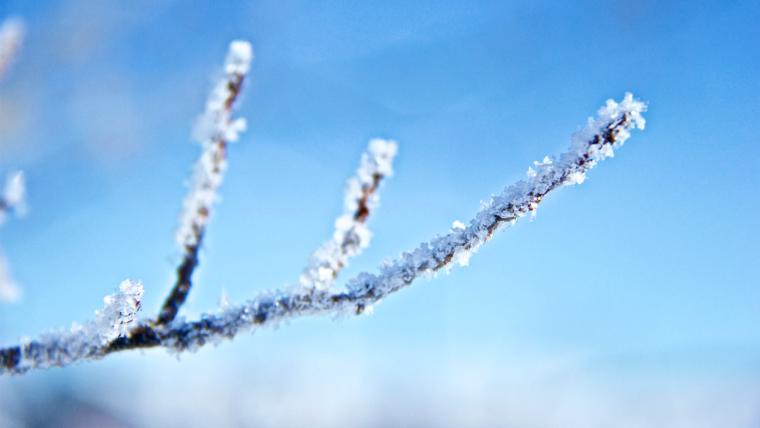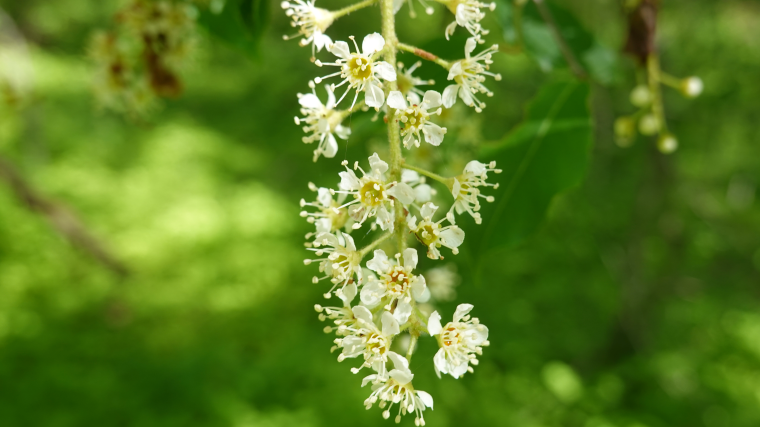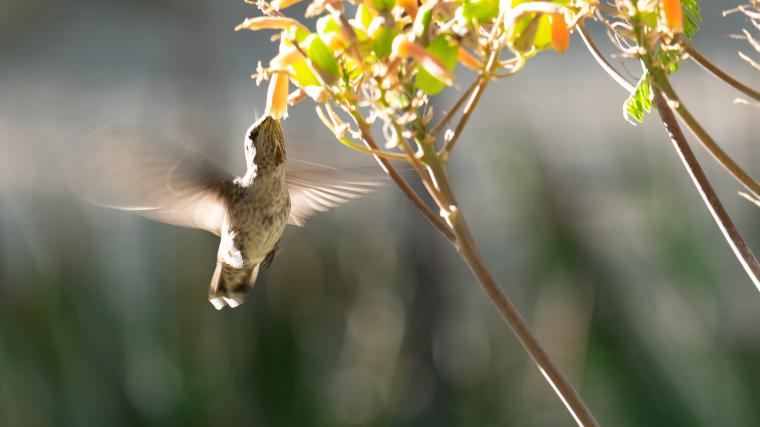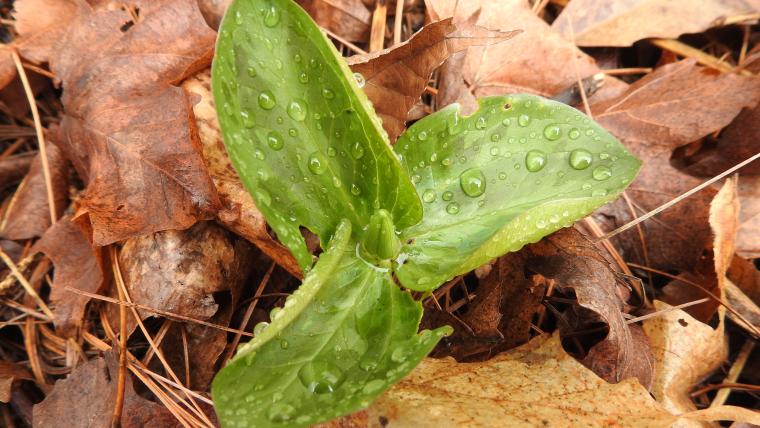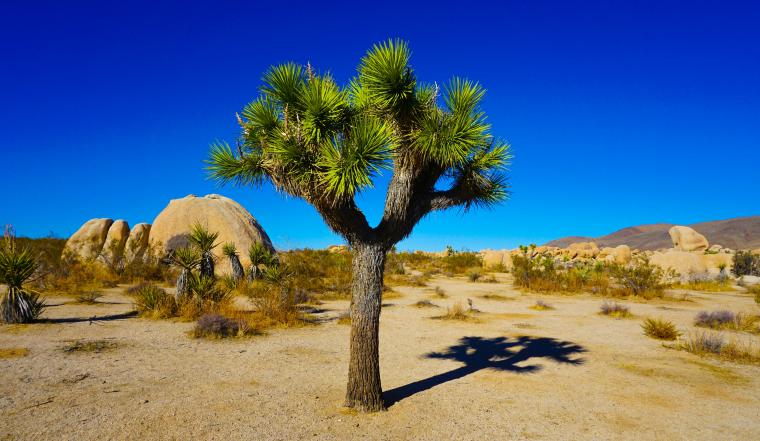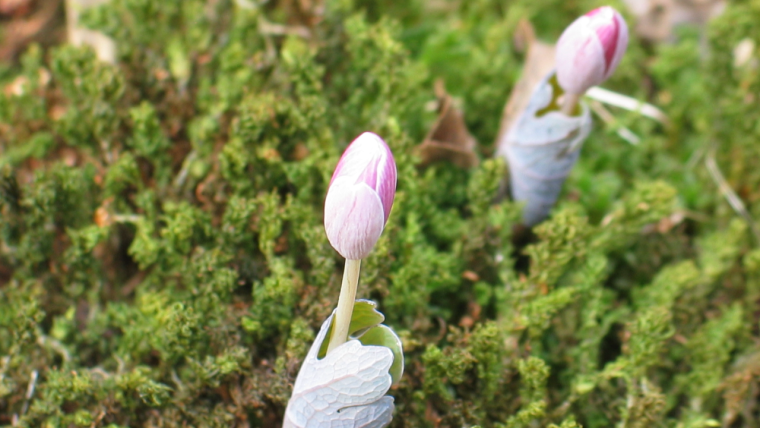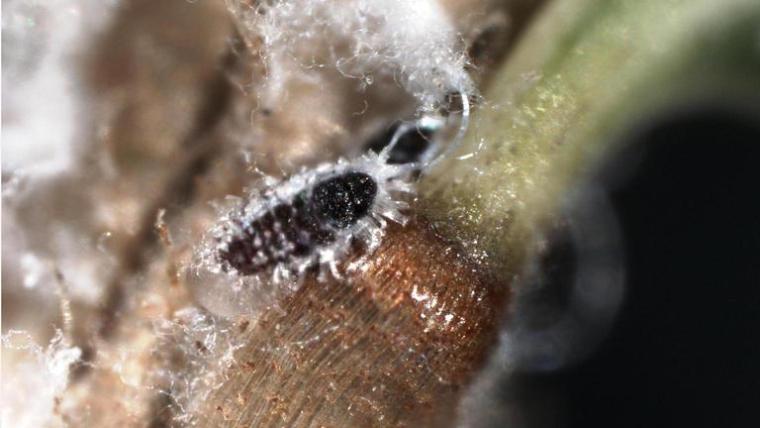
Community scientists document a large diversity of plants in urban areas
Mon, Sep 15, 2025
As the world becomes increasingly urban, it will become more important to maintain diverse plant communities in and around cities. A diverse plant community provides many benefits to people and wildlife inhabiting urban areas. In many cities, we have incomplete information about plant species and distributions. So, researchers gathered data from published scientific papers, unpublished reports, and observations submitted to community science programs like USA-NPN’s Nature’s Notebook to see whether combining information from all these sources provided a more complete picture of urban plant biodiversity. They compiled more than 171,000 observations of plants in the Chicago, Illinois area and documented more than 2,200 plant species. Community science programs contributed more observations of more plant species in more diverse locations than scientific studies or reports. However, professional scientists documented a significant number of native species with limited distributions that were not observed by community scientists. In all, the study highlighted the value in combining different types of data to better characterize and manage plant communities in urban areas.

